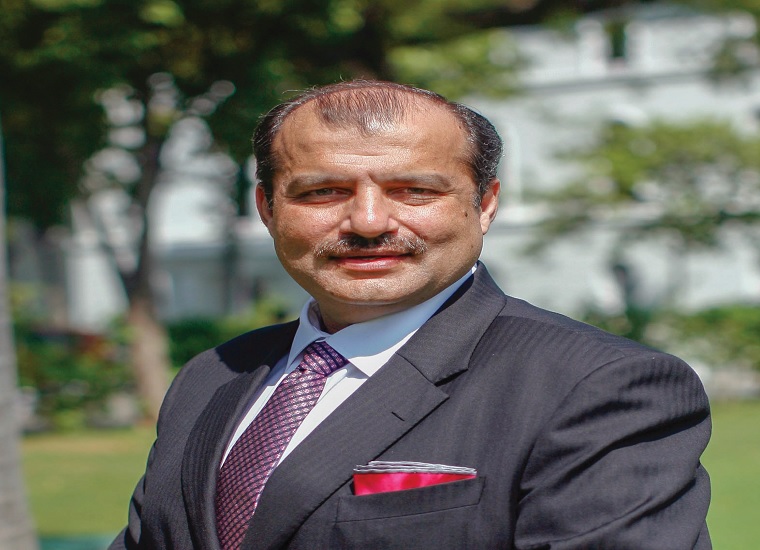Senior living a young market

Data suggests that share of elders as a percentage of total population will have increased from around 7.5% in 2001 to almost 12.5% by 2026 and surpass 19.5% by 2050.
Covid-19 and its consequent challenges have accelerated the need for senior living facilities in India, with industry players experiencing high demand for residential units with assisted living features especially on outskirts of metros and tier I and II cities.
Analysts are of the view that senior living market in India got a boost as the pandemic forced people to recalibrate their requirements. For senior citizens it meant choosing a location that offers them a holistic experience with round-the-clock medical care and other services.
Market insiders stress that the segment has immense growth potential in India as it comprises less than 1% of the real estate market in India, compared to 12% in the US and 5-6% in Australia.
Another point, says Antara Senior Living CEO & MD Rajit Mehta, is that senior population in India is fast growing with over 20 million elders who stay alone, which will increase in next two decades.
Data suggests that share of elders as a percentage of total population will have increased from around 7.5% in 2001 to almost 12.5% by 2026 and surpass 19.5% by 2050.
Columbia Pacific Communities CEO Mohit Nirula emphasises that it is a different experience. “In today’s fast-paced world, parents often find their children employed in a different city or country. Loneliness is the biggest accelerator of ageing. These communities are designed to offer a holistic living experience,” he added.
Nirula is optimistic on the demand for senior living facilities. “We serve nine communities and 1,600 homes. Of all these communities across 5 cities, today we have a waiting list of people who either want to take a home on rent or purchase one in resale. Ready-to-move-in (RTMI) is in huge demand at all our communities,” he noted.
Another early entrant in this segment, Ashiana Housing, says the biggest change is that children were against senior living before Covid and after the pandemic, they have come out in support.
“We are very bullish at Ashiana and are looking at land deals especially in Chennai, Pune and Delhi-NCR. Brand names have a big play in senior living because it is not about the house but about services,” said Ashiana Housing joint MD Ankur Gupta.
Ashiana has five projects across Chennai, Lavasa (Pune), Jaipur and Bhiwadi, Gupta said, adding the company is looking at launching 3-5 projects in Delhi-NCR, Pune and Chennai over the next two years.
Antara Senior Living also saw increased customer enquiries and quicker conversions. “Antara Noida has had cumulative net sales of 150 units since its launch and is seeing continued strong interest and heavy footfall at the community site, giving us confidence that sales momentum will continue during the coming financial year,” Antara’s Mehta noted.
Anarock Property Consultants research head Prashant Thakur said over the years, senior living projects have sprung up either on the outskirts of major cities or largely in tier II and III cities. Bhiwadi in NCR, Neral in Mumbai, Talegaon in Pune and Devanahalli in Bengaluru are some prominent locations in tier-I cities.
“Covid could very well reshape the future of senior living in India as demand for such residences is reportedly rising amidst the pandemic-induced uncertainties. Currently, there is only limited supply in this segment – there are as many as 55 projects (developed or ongoing) by top 12 players in this segment,” Thakur added.
The future is bright, asserts Nirula, adding “There are all the conveniences you want in a serviced apartment with safety protocols in place, 24×7 medical support and a like-minded environment. RTMI units and the demographic buying such units is getting younger than what it was earlier.”
